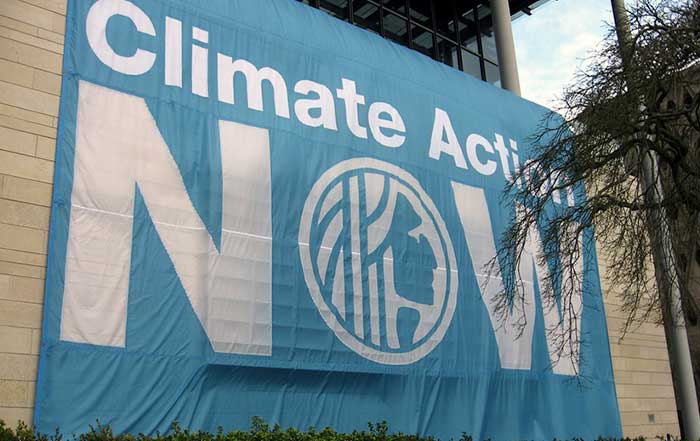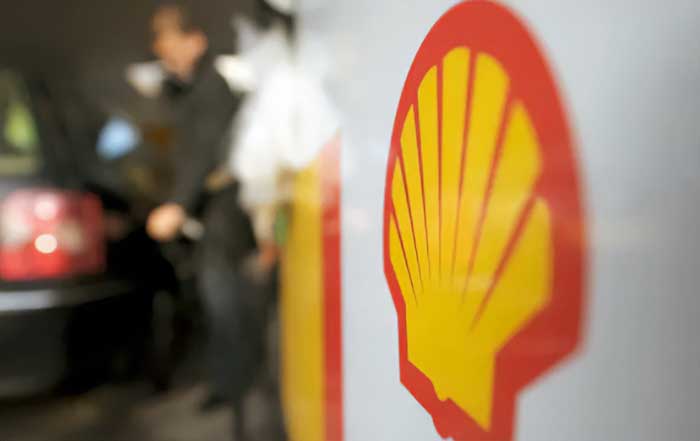IndexBox, a leading market research firm, has recently published a comprehensive report on the global dog and cat food market, offering valuable insights, trends, and market forecasts through 2030. According to the report, the global dog and cat food market is expected to grow significantly between 2022 and 2030. This growth is primarily driven by increasing pet ownership, rising disposable incomes, and a growing awareness of pet health and nutrition. As consumers continue to prioritize high-quality food for their pets, the demand for specialized and premium pet food products is also expected to increase.
The report highlights several key factors affecting the demand for dog and cat food. These include the growing interest in natural and organic pet food products, a trend towards pet humanization, and an increasing focus on sustainability and eco-friendliness in product packaging and ingredients. On the other hand, challenges facing the industry include stringent regulations, fluctuating raw material prices, and increased competition among manufacturers.
Segmentation:
The global dog and cat food market can be segmented into three main categories based on product type, end-user, and region.
Product Type:
a. Dry Food: This segment includes kibble and extruded food products, which are popular due to their convenience, affordability, and longer shelf life. Dry food is typically lower in moisture content and can help maintain dental hygiene in pets.
b. Wet Food: Wet food, such as canned, pouched, or tray-packed products, offers higher moisture content and is often preferred by pet owners for its palatability and perceived higher nutritional value. Wet food can be more expensive than dry food and has a shorter shelf life.
c. Treats and Snacks: This segment encompasses a variety of pet treats, chews, and snacks, including dental chews, functional treats, and training rewards. These products are gaining popularity due to their role in pet training, dental care, and addressing specific health concerns.
d. Specialty and Premium Food: Specialty and premium pet food products cater to specific dietary requirements, such as grain-free, high-protein, organic, and natural formulations. This segment is experiencing rapid growth due to increasing consumer awareness of pet health and nutrition.
End-User:
a. Pet Specialty Stores: These stores are dedicated to pet care products and services and are a significant distribution channel for dog and cat food, offering a wide range of products, including premium and specialized options.
b. Supermarkets and Hypermarkets: Supermarkets and hypermarkets offer a broad selection of pet food products at competitive prices. These retail channels are popular among price-conscious consumers looking for convenience and variety.
c. Online Retailers: The online retail segment is experiencing significant growth due to the convenience of home delivery, personalized shopping experiences, and an extensive range of product offerings. Online retailers also provide opportunities for smaller, niche brands to reach a wider audience.
d. Others: This category includes smaller retail channels, such as local pet shops, veterinary clinics, and convenience stores.
Region:
a. North America: The United States and Canada are major contributors to the global dog and cat food market, driven by high pet ownership rates, increasing pet care expenditure, and a focus on premium pet food products.
b. Europe: European countries, such as the United Kingdom, Germany, and France, represent a significant share of the market due to a high level of pet ownership, strong demand for premium and specialty pet food products, and stringent regulations on pet food quality and safety.
c. Asia-Pacific: The Asia-Pacific region, including China, Japan, and Australia, is expected to witness substantial growth in the coming years, driven by increasing pet ownership, rising disposable incomes, and growing awareness of pet health and nutrition.
d. Latin America, Middle East, and Africa (LAMEA): The LAMEA region is anticipated to experience steady growth in the dog and cat food market, driven by factors such as urbanization, increasing disposable incomes, and a growing middle class.
The report lists the ten largest manufacturers in the global dog and cat food industry, including:
Nestlé Purina PetCare
Mars Petcare
Hill's Pet Nutrition
J.M. Smucker
Blue Buffalo
Diamond Pet Foods
WellPet
Nutro Products
Ainsworth Pet Nutrition
Merrick Pet Care




